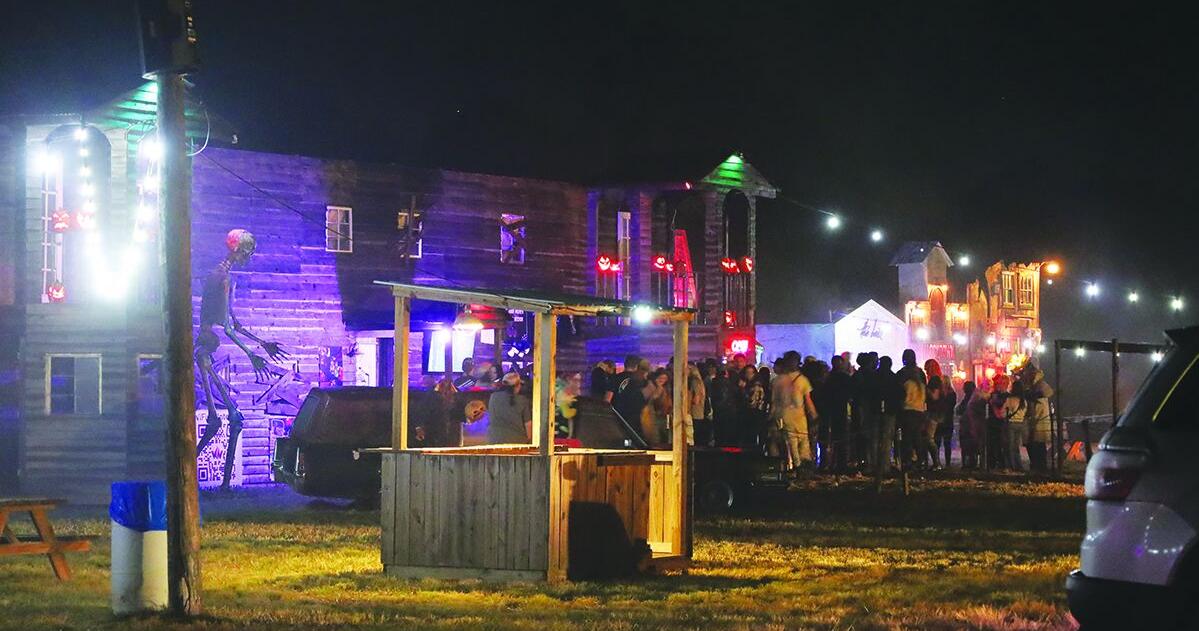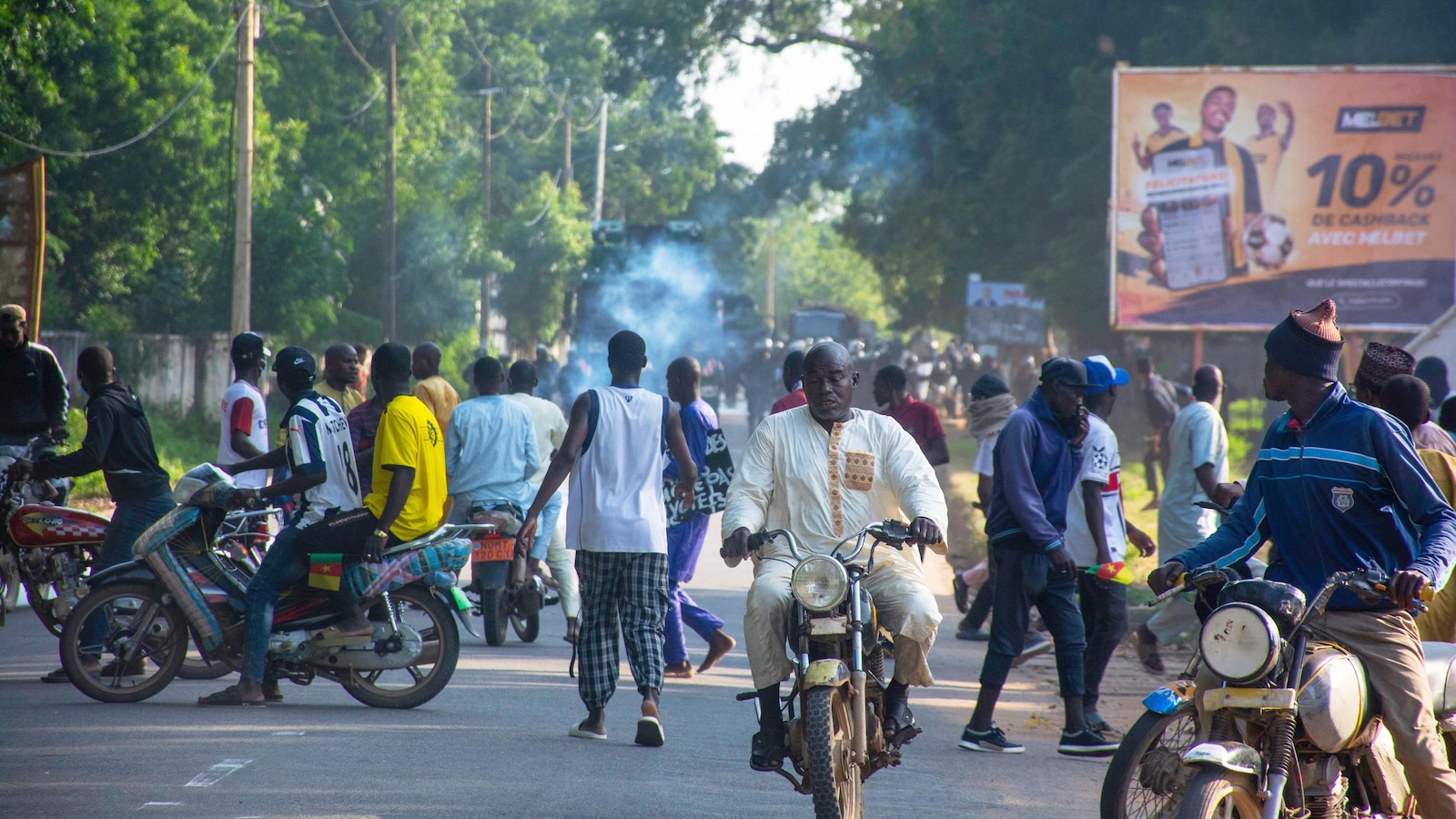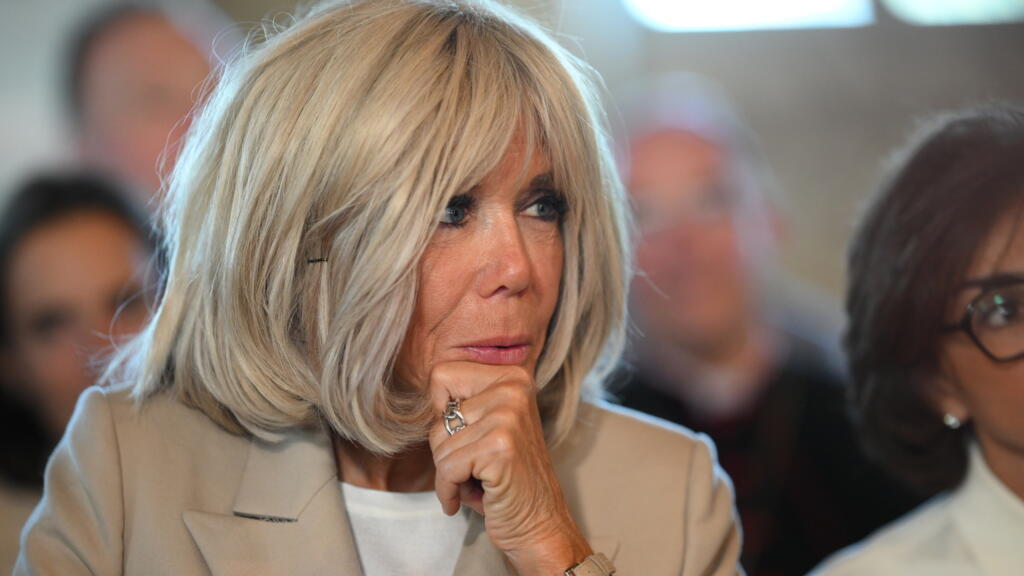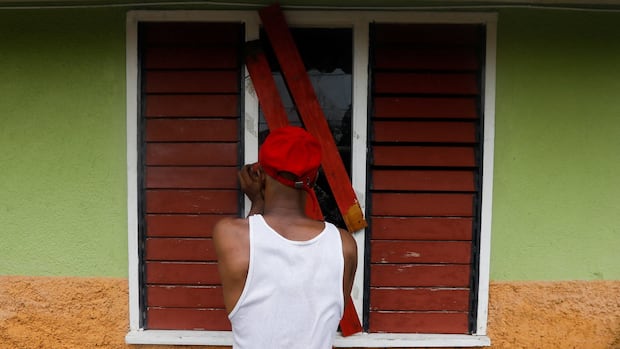I love the traditions of autumn in France, particularly in my part of the country, the Seven Valleys in the far north.
This is a lush, verdant part of France. Agricultural, forested and criss-crossed by streams and rivers. It’s beautiful year round but when the leaves on the trees change colour from the bright greens of summer to vibrant yellow and fiery red, and the hedgerows start to thin and purple sloe berries hang like tiny Christmas baubles – it’s particularly lovely. Wild flowers put on a display of jewel like colours in the fields. Apples fall in the wind. The mornings are misty. The grass is glittery with dew.
Autumn is special in the countryside of France. The harvest takes centre stage – whether that’s grape, apple and blackberry picking, gathering in the last of the sun-ripened crops, and in my part of France especially, hops for beer. You’ll spot people carrying wicker baskets, stooping to forage for mushrooms along the side of country roads and in forests. Wine festivals are held wherever wine is made, Armagnac distillation parties take place in the Gers, and Beaujolais Nouveau is celebrated, the release of the young wine from the magnificent vineyards of Beaujolais near Lyon. In the south, cows that pastured on high in the hot summer months are herded back to the lower fields.
Where I live, villages take turns to hold a harvest party from the end of summer through winter, known as a Ducasse or Kermesse, old Flemish terms, and nothing so ordinary as ‘party.’ Besides, the attitude here is that it worked perfectly well when they called these rumbunctious events by those names 300 years ago – so why change things?
The entire village takes part, and other villages around join in too. Take my little hamlet: “152 people and 1000 cows” is what people say when they hear its name. But when it comes to the Ducasse, you can be sure up to three times as many people as that will arrive to celebrate the harvest – though so far, no cows.
These are not black-tie events. There is nothing formal about them. Haute cuisine is neither served nor expected.
Socialites, families and friends are squeezed side-by-side onto long tables inside a huge tent, the town hall salle des fetes and the covered car parking area. There they feast on mussels, spit-roast pig, or fried chicken and always frites (chips), followed by the stinkiest of local cheeses – Maroilles and Boulette d’Avesnes (AKA the ‘Devil’s suppository’ as it is pointed and coated in glowing red paprika spice). Then delicate cakes that look like they were made by a top chef, washed down with copious amounts of beer, wine or cider before taking to the dance floor to boogie until the sun comes up.
Local teenagers record their efforts for TikTok. The oldies demonstrate ballroom dancing skills. And craggy faced farmers stand at the makeshift bar, holding their glasses of pastis or ruby red wine so strong it can strip the fur off your tongue, or big glassis of tangy Picon (an orange-flavoured liqueur) flavoured beer, surveying the room, like ageing Mafia Dons. Kids run around getting under everyone’s feet, pretending to be riding horses and sliding on their knees on the wooden floor.
It’s old school how to have a good time, all about the people, camaraderie, community – cheap, cheerful and utterly brilliant.
Janine Marsh is the author of several internationally best-selling books about France. Her latest book How to be French – a celebration of the French lifestyle and art de vivre, is out now – a look at the French way of life. Find all books on her website janinemarsh.com
Want more France?
Discover more fabulous destinations in France with our free magazine The Good Life France
Love France? Have a listen to our podcast – everything you want to know about France and more!
All rights reserved. This article may not be published, broadcast, rewritten (including translated) or redistributed without written permission






























